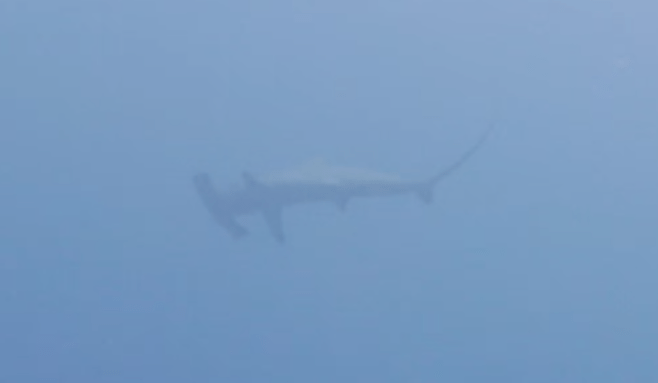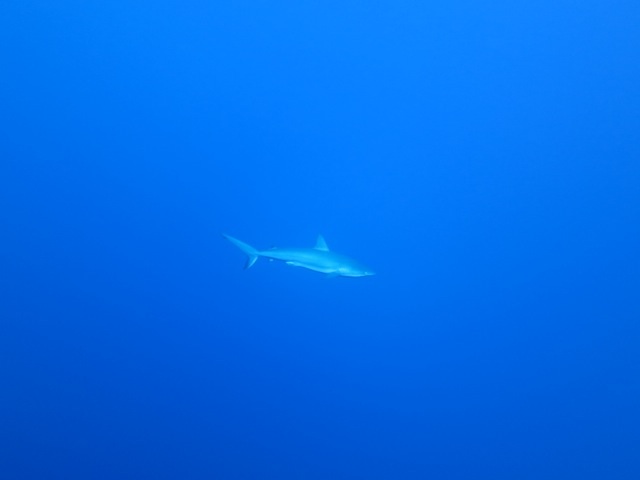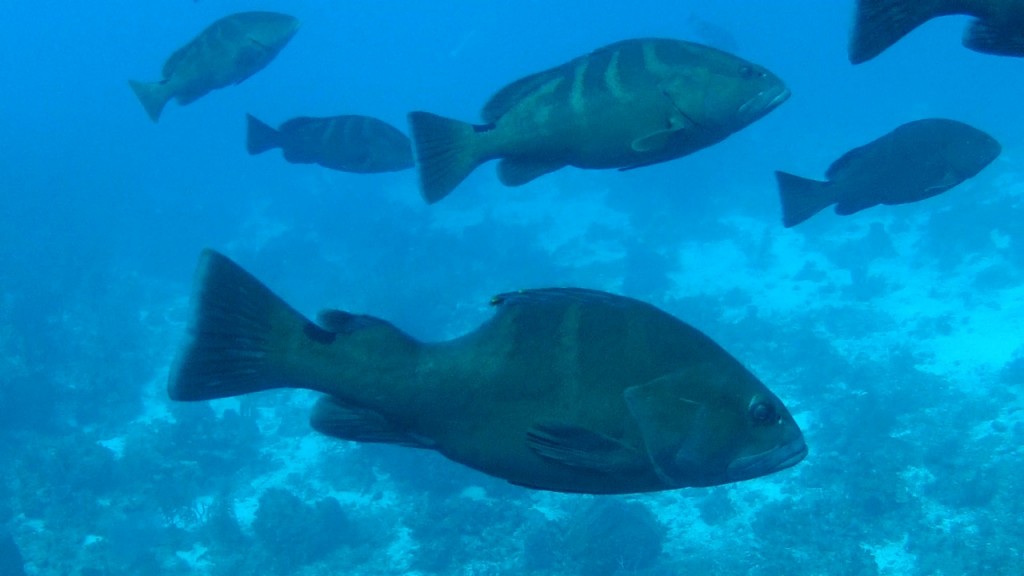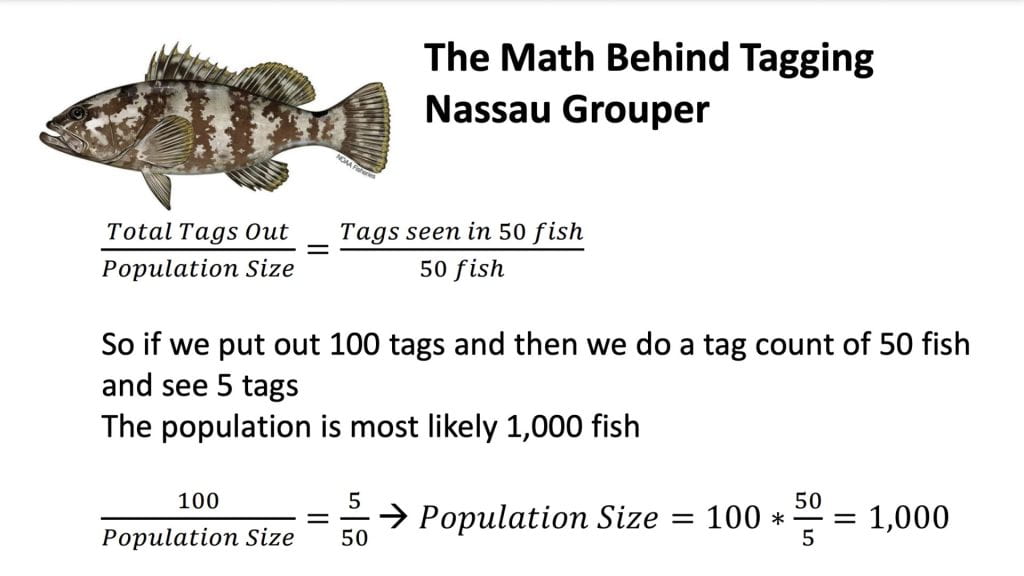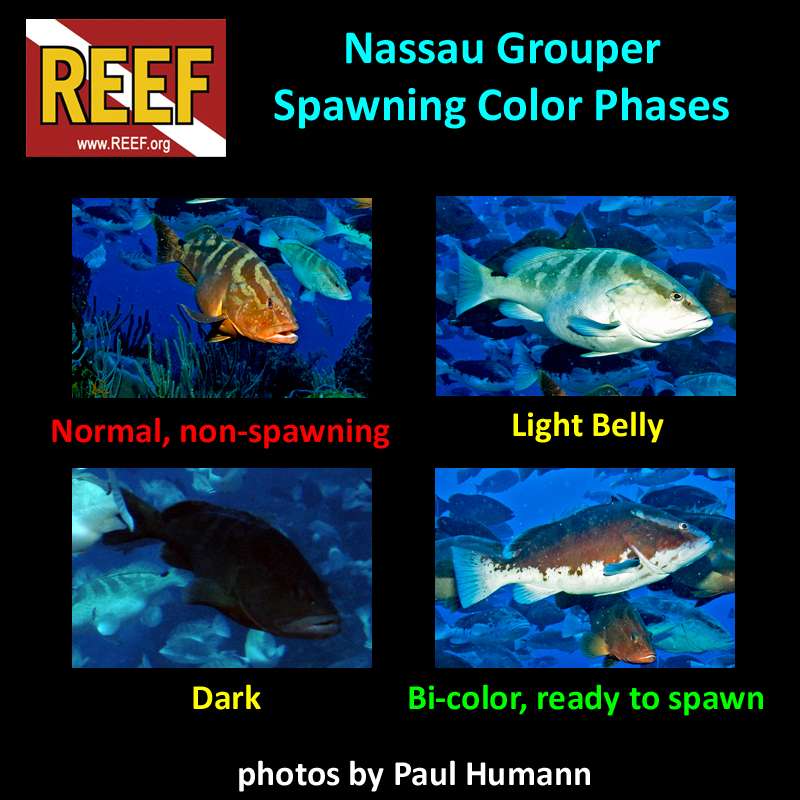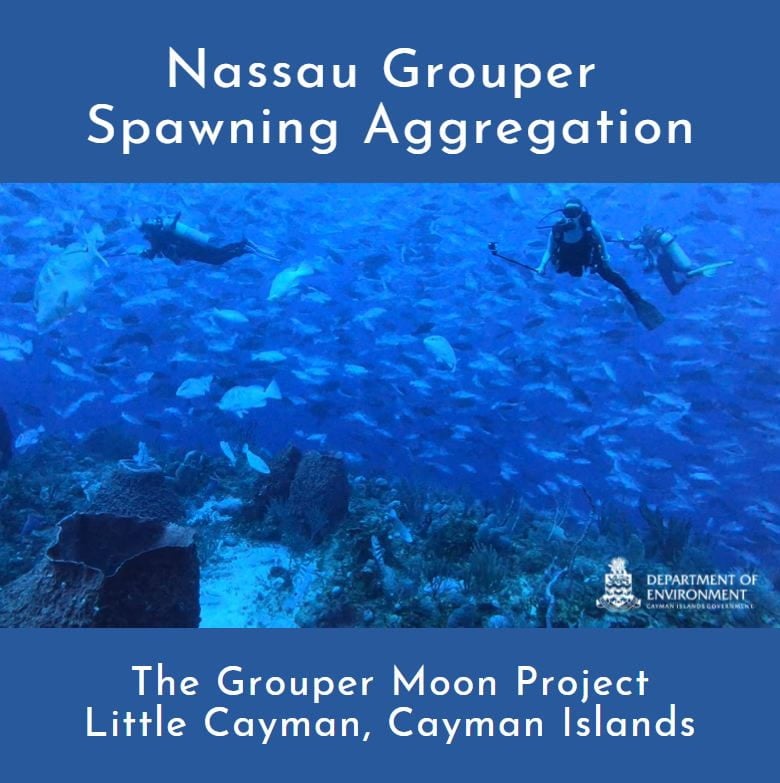Hello Everyone!
Did you know that Nassau Grouper can talk to each other? Its true!
In 2017, Dr. Katherine Cameron, who was a student at SCRIPPS at the time, was working with hydrophones, which are underwater microphones, to collect the sounds, or vocalizations, the Nassau make. It turns out, grouper make a number of booms and grunting sounds!
Here is a picture of the hydrophone used to record the sounds the grouper make. It is called a Loggerhead DSG:
And here is a picture taken at the spawning aggregation site. On the left side of the photo, below the diver on the left, you can see a gray metal cylinder sitting on the ocean floor. That’s one of the two hydrophones we have at the SPAG. Can you find it?
Here are three sound files of different Nassau vocalizations recorded at the SPAG. Check it out and let me know what you think!
Go Grouper Moon!
Todd



